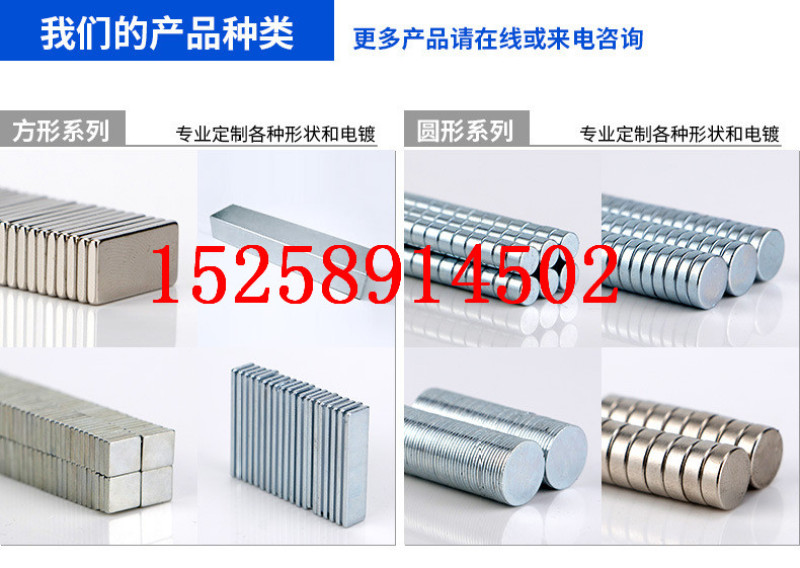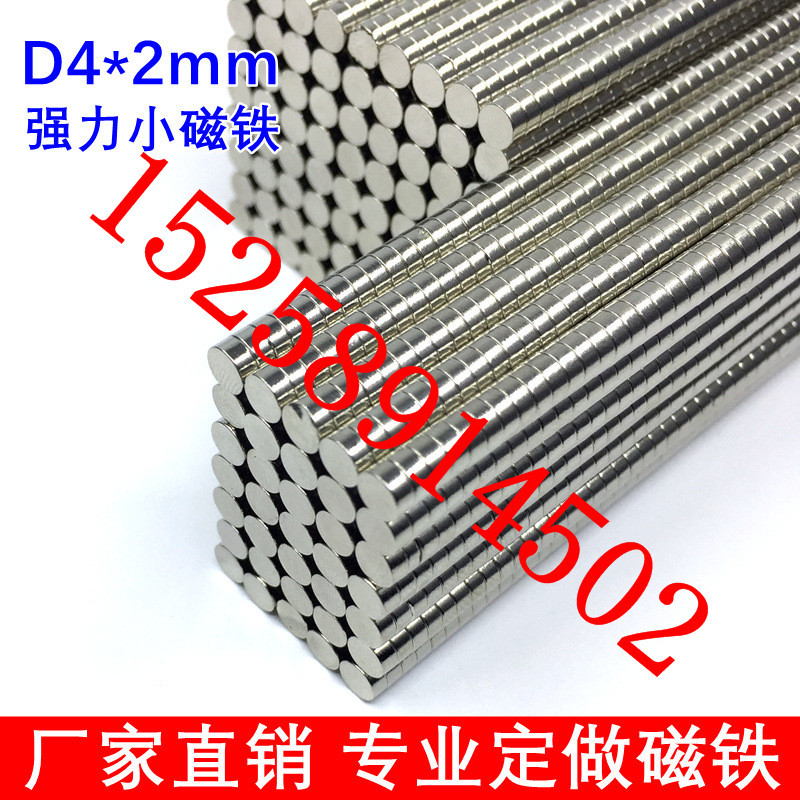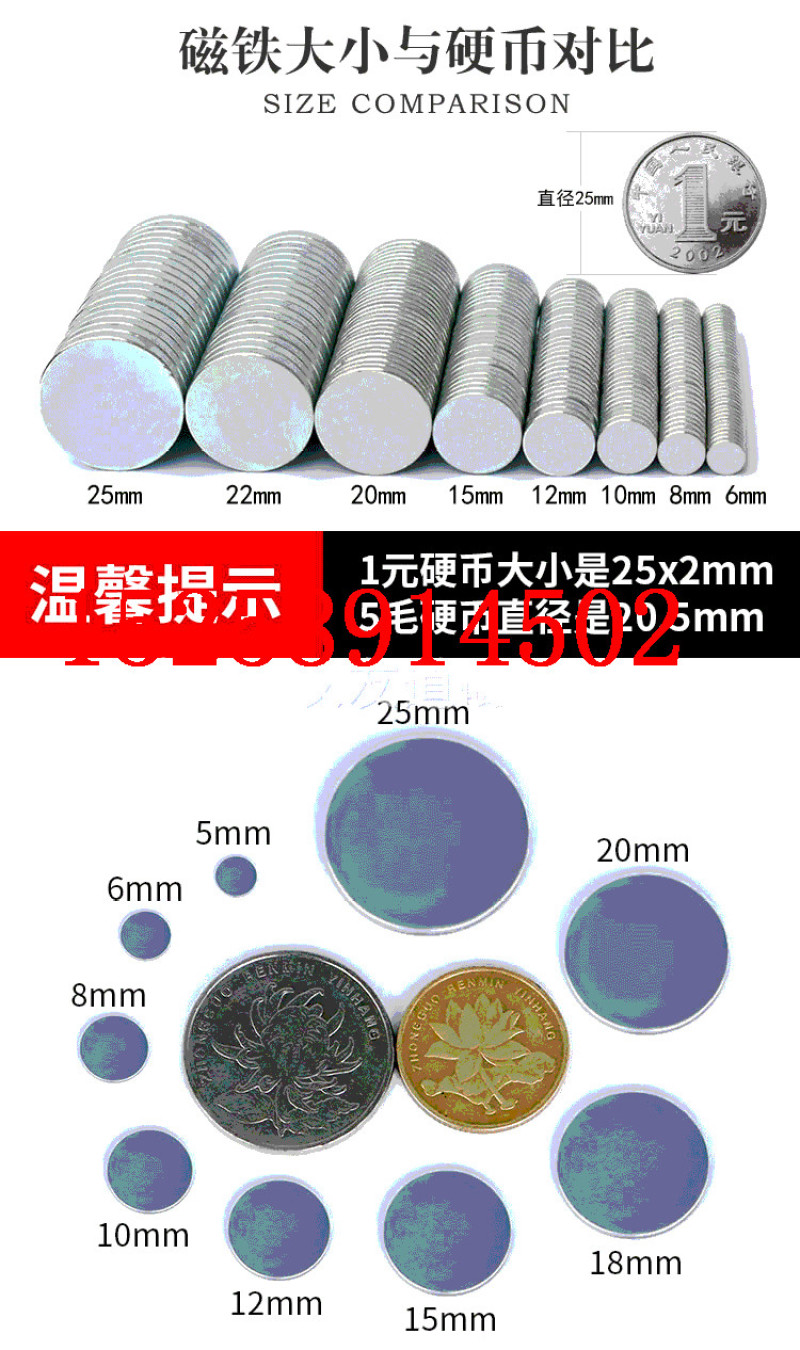

 Tips: The Product pictures and prices released are for customers' reference only. The specific price needs to be provided by customers to provide specifications for accounting price.
Tips: The Product pictures and prices released are for customers' reference only. The specific price needs to be provided by customers to provide specifications for accounting price.
NdFeB magnet: NdFeB is the magnet with the highest commercial performance found at present. It is called magneto, also known as strong magnetism, magnetic steel, etc. Its own mechanical processing performance is also quite good. The working temperature can reach up to 200 degrees Celsius. And its texture is hard, its performance is stable, and it has good cost performance, so it is widely used. But because of its strong chemical activity, its surface layer must be treated.
NdFeB permanent magnet material is a permanent magnet material based on intermetallic compound Nd2Fe14B. The advantage of high energy density makes NdFeB permanent magnet materials widely used in modern industry and electronic technology, thus making instruments, electroacoustic motors, magnetic separation magnetization and other equipment small, lightweight, thin becomes possible. Material characteristics NdFeB has the advantages of high performance-price ratio, good mechanical characteristics and easy cutting and processing. The disadvantage lies in low Curie temperature point, poor temperature characteristics and easy pulverization and corrosion, only by adjusting its chemical composition and adopting surface treatment methods can it be improved to meet the requirements of practical application.
Manufacturing process NdFeB is manufactured by powder metallurgy, which will contain a certain proportion of raw materials such as neodymium, dysprosium, iron, cobalt, niobium, praseodymium, aluminum, copper, boron and iron are smelted into medium frequency induction melting furnace by alloy steel ingot, then broken into 3 ~ 5cm powder, and pressed and formed in magnetic field. The formed green body is sintered in vacuum sintering furnace and tempered for aging, in this way, a permanent magnet blank with certain magnetic properties is obtained. The blank is processed by grinding, drilling, slicing, etc. After the process, the finished NdFeB product required by the user is obtained through surface treatment.




 Tips: The Product pictures and prices released are for customers' reference only. The specific price needs to be provided by customers to provide specifications for accounting price.
Tips: The Product pictures and prices released are for customers' reference only. The specific price needs to be provided by customers to provide specifications for accounting price.